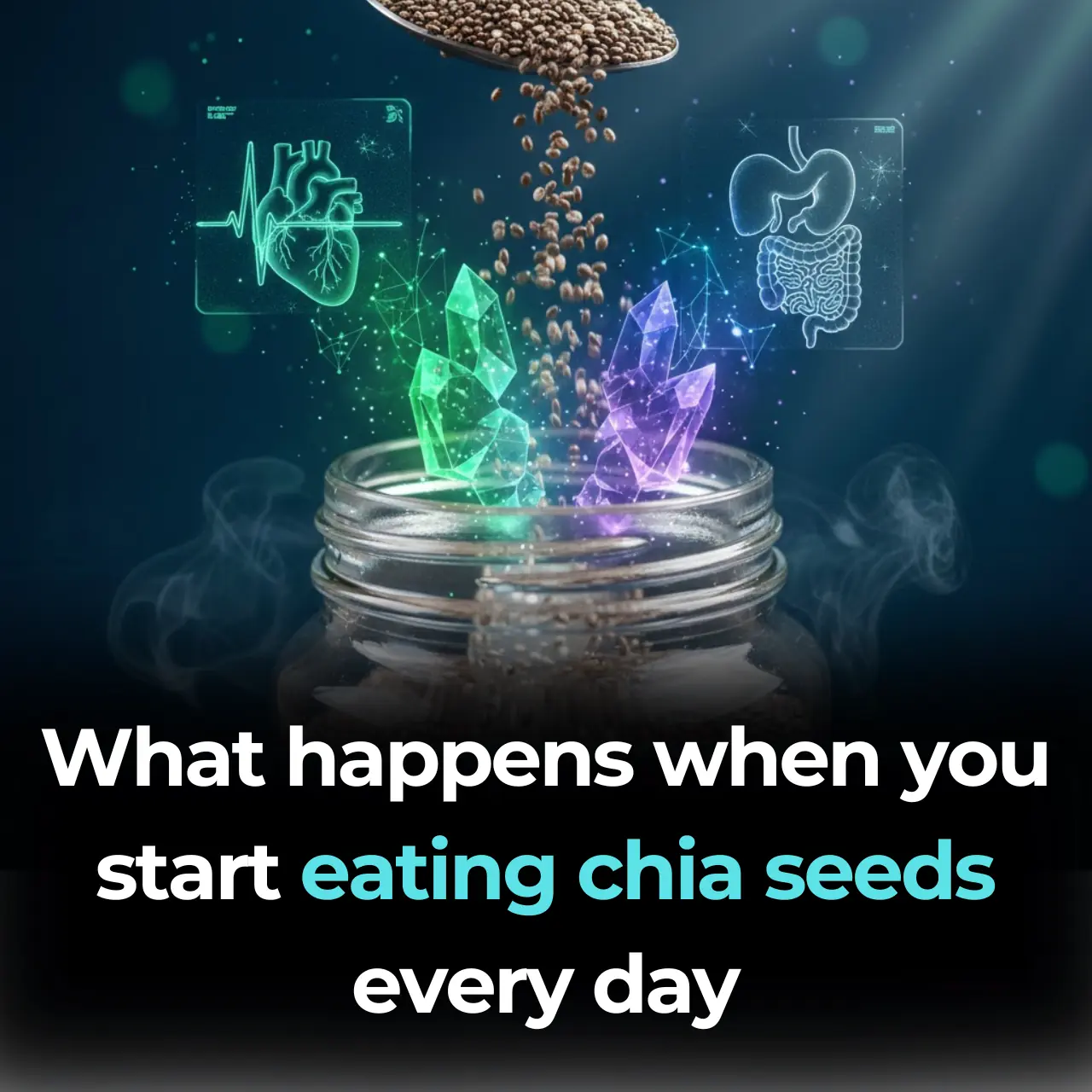
The #1 habit that’s destroying muscle in older adults—are you doing this?
Imagine waking up one day and realizing your body just isn’t cooperating. Your legs feel unsteady, your arms are heavy, and even standing up takes extra effort. You might think this is just aging—but what if it’s something else entirely?
There’s a hidden habit millions of people repeat every single day, without realizing it’s quietly robbing their bodies of strength. What’s worse is that this decline often happens without pain or obvious warning signs, until one day, basic tasks like getting out of bed, carrying groceries, or climbing stairs start to feel impossible.
This gradual loss of strength is part of a medical condition called sarcopenia—the progressive decline of muscle mass and function. It affects tens of millions of adults worldwide and can begin much earlier than most people think. The good news? It’s not inevitable, and many of its triggers are habits you can control.
(Insights adapted from Dr. R.N. Veller’s research on muscle health.)
💡 Understanding Sarcopenia: It’s Not Just About Getting Older
Before we dive into the everyday habits that destroy muscle strength, it’s important to understand one thing: sarcopenia is not just a normal part of aging. It’s a real, diagnosable medical condition recognized by the World Health Organization and other global health authorities.
Muscle loss doesn’t suddenly start when you hit 70 or 80—it can quietly begin in your 30s or 40s, especially if your lifestyle lacks movement, protein, or proper sleep. By the time symptoms show up, significant muscle fibers may already be gone.
So, what daily behaviors could be sabotaging your strength without you realizing it? Let’s uncover them.
✅ Key Takeaways
-
Sarcopenia is a recognized medical condition, not just a “normal” sign of aging.
-
Muscle loss can start early, even in your 30s or 40s.
-
Your daily habits—how you move, eat, and rest—can either accelerate or slow down muscle decline.
🎯 The Top 10 Habits That Harm Your Muscles
Let’s explore the 10 everyday habits that slowly weaken your muscles—starting from the least harmful and ending with the one that can do the most damage.
➡️ Habit 10: Sitting for Too Long Without Breaks

You might not feel it immediately, but prolonged sitting is one of the biggest silent destroyers of muscle health. Studies show that sitting for more than six hours a day can significantly reduce muscle activity, circulation, and balance—especially in the lower body.
Even if you work out regularly, long uninterrupted sitting signals your body that your muscles aren’t needed, leading to gradual atrophy, particularly in your legs and back. Some researchers even compare the health risks of prolonged sitting to smoking 10 cigarettes a day.
How to fix it:
You don’t need to run marathons. Simply stand up every 40–60 minutes, stretch, walk a few steps, or do light movements like calf raises. These small breaks help reactivate circulation and remind your body that your muscles are still in use.
➡️ Habit 9: Getting Less Than 7 Hours of Sleep
Sleep isn’t just for rest—it’s when your body repairs and rebuilds. During deep sleep, your muscles recover microscopic damage, balance hormones like growth hormone and testosterone, and prepare for another day of movement.
If you routinely sleep less than 7 hours, your body’s ability to repair muscle fibers drops dramatically, even if you exercise and eat well. Chronic sleep loss also increases cortisol, a stress hormone that breaks down muscle tissue.
How to fix it:
-
Aim for 7–8 hours of quality sleep each night.
-
Avoid bright screens an hour before bed.
-
Develop a bedtime routine—gentle stretching, breathing, or reading helps.
-
If you often wake up tired, check your diet and caffeine timing; both affect sleep recovery.
➡️ Habit 8: Not Eating Enough Quality Protein
Many adults unintentionally reduce their protein intake as they age, either due to appetite changes, poor digestion, or misconceptions about meat. But as you grow older, your muscles actually require more protein to maintain their mass.
Protein is the building block for muscle repair. Without it, the body starts breaking down existing tissue for energy. Experts recommend combining both animal and plant proteins—such as eggs, fish, yogurt, beans, chickpeas, tofu, quinoa, and nuts—to provide all essential amino acids.
Tip: Include at least one protein source in every main meal. Avoid relying too heavily on carbs like bread or rice alone—they provide energy but no materials for muscle maintenance.
➡️ Habit 7: Overusing Painkillers and Anti-Inflammatory Drugs
Painkillers like ibuprofen, naproxen, or acetaminophen may offer quick relief—but long-term or excessive use can inhibit natural muscle repair.
That’s because inflammation, in small doses, is actually part of your body’s healing process. When you constantly suppress it with medication, you block the signals your muscles need to grow and regenerate. Over time, this leads to weakness, slower recovery, and potential organ strain (especially liver and kidneys).
Better approach: Treat the cause, not just the symptom. Adjust your diet and lifestyle to reduce inflammation naturally—through foods rich in antioxidants, hydration, and moderate physical activity.
➡️ Habit 6: Eating Muscle-Damaging Foods
Processed meats, sugary drinks, white bread, fried foods, seed oils (like corn or soybean), and artificial sweeteners all fuel chronic inflammation and nutrient depletion. These foods deliver calories but lack the minerals and amino acids muscles rely on.
Even worse, they disrupt your gut microbiome, which plays a key role in nutrient absorption and inflammation control. Over time, your body loses the ability to repair itself efficiently.
Simple fix:
Crowd out junk food with whole, nutrient-dense meals—fresh vegetables, whole grains, lean proteins, and healthy fats. Your muscles will thank you.
➡️ Habit 5: Avoiding Strength or Resistance Exercises
Strength training isn’t just for athletes—it’s medicine for aging muscles. After age 30, we naturally lose 3–8% of our muscle mass every decade, accelerating after 50. Without regular strength challenges, this loss speeds up dramatically.
Even light resistance bands or bodyweight movements twice a week can reverse sarcopenia, improve balance, and prevent falls. You don’t need a gym—lifting grocery bags, climbing stairs, or gardening all count.
Remember: Muscles grow stronger only when they’re used. Avoiding strength training out of fear actually shortens your independence later in life.
➡️ Habit 4: Not Drinking Enough Water
Muscles are nearly 75% water, and dehydration makes them stiff, tired, and prone to cramps. Water keeps nutrients flowing to muscle cells and flushes out waste. Without enough hydration, recovery slows and fatigue increases.
Hydration tip:
Drink roughly 30 ml of water per kilogram of body weight daily. If you weigh 60 kg, that’s about 1.8 liters. Avoid excessive caffeine, alcohol, or sugary drinks, which dehydrate more than they hydrate.
⚠️ The Three Worst Habits That Accelerate Muscle Loss
Now we reach the top three habits that silently destroy muscle strength the fastest.
➡️ Habit 3: Eating Refined Sugar Daily
Sugar doesn’t just affect your waistline—it directly interferes with muscle repair and hormone balance. When you eat sugary foods, your insulin spikes, triggering inflammation that slows recovery and weakens tissues.
Over time, your muscles lose their ability to rebuild after exercise, and your metabolism becomes sluggish.
Healthy swaps: Choose fruits, dark chocolate (70%+ cocoa), or a handful of nuts when you crave sweetness. If nature didn’t make it, question whether it’s truly food.
➡️ Habit 2: Skipping Breakfast or Eating a Poor One
Breakfast sets your body’s rhythm for the day. When you skip it—or grab only coffee and bread—you deprive your muscles of essential nutrients after an overnight fast.
Without protein and healthy fats early in the day, your metabolism slows, and your body may start breaking down muscle tissue for fuel.
Better breakfast choices:
Eggs, Greek yogurt, avocado toast, nuts, and fruit with skin all provide long-lasting energy, amino acids, and vitamins that protect your muscles throughout the day.
➡️ Habit 1: Ignoring Regular Medical Check-ups
This is the most dangerous habit because it hides behind a false sense of “I feel fine.” Many conditions that contribute to muscle weakness—like vitamin D deficiency, thyroid problems, diabetes, and even chronic inflammation—often show no early symptoms.
Regular check-ups can catch these silent issues before they cause irreversible damage. A simple blood test or vitamin panel can reveal nutrient gaps or hormone imbalances that directly affect muscle strength and energy levels.
Pro tip: Visit your doctor at least once a year for a full review of your medications, blood work, and vitamin D status. Early detection is the most powerful form of prevention.
💪 Final Thoughts
Sarcopenia isn’t just a medical term—it’s a wake-up call. It reminds us that strength is not just about fitness; it’s about freedom, mobility, and quality of life.
By breaking harmful habits—like sitting too long, neglecting sleep, or skipping check-ups—you can slow or even reverse muscle loss.
Your muscles are living tissues that respond to care, movement, and nourishment. Whether you’re 35 or 75, it’s never too late to rebuild strength. Start with small, consistent actions—stand more, eat better, sleep deeper—and you’ll be giving your body the power to stay strong for decades to come.
News in the same category


Why You Should Stop Using Petroleum Jelly On Your Skin (It’s a Byproduct of the Petroleum Manufacturing Process)

Low levels of this key brain nutrient may be fueling your anxiety

A Nurse Who Has Witnessed The Final Moments Of More Than 300 People Has Revealed What She Has Learned From Being By Their Side
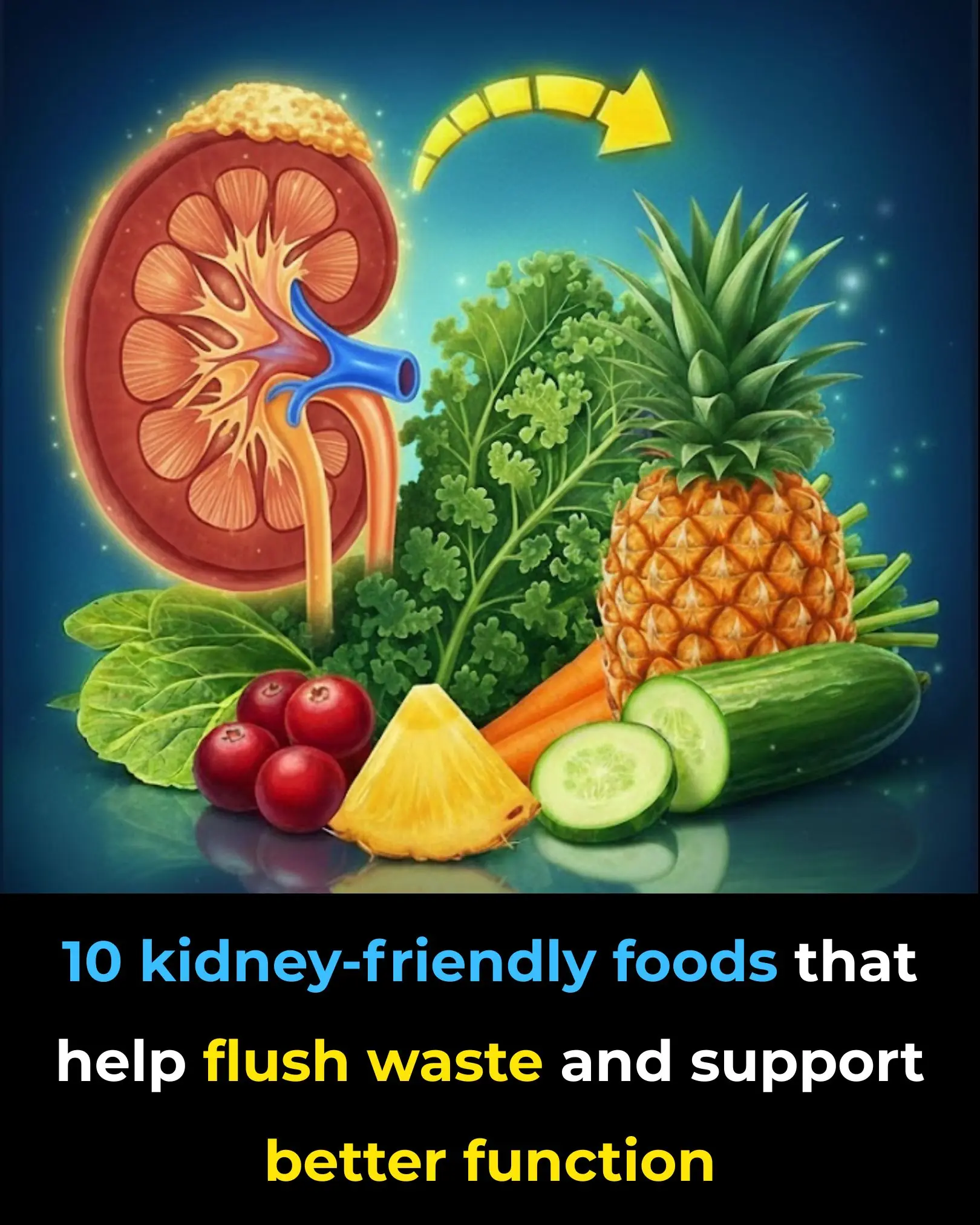
Absolutely BEST Foods to Detox Your Kidneys
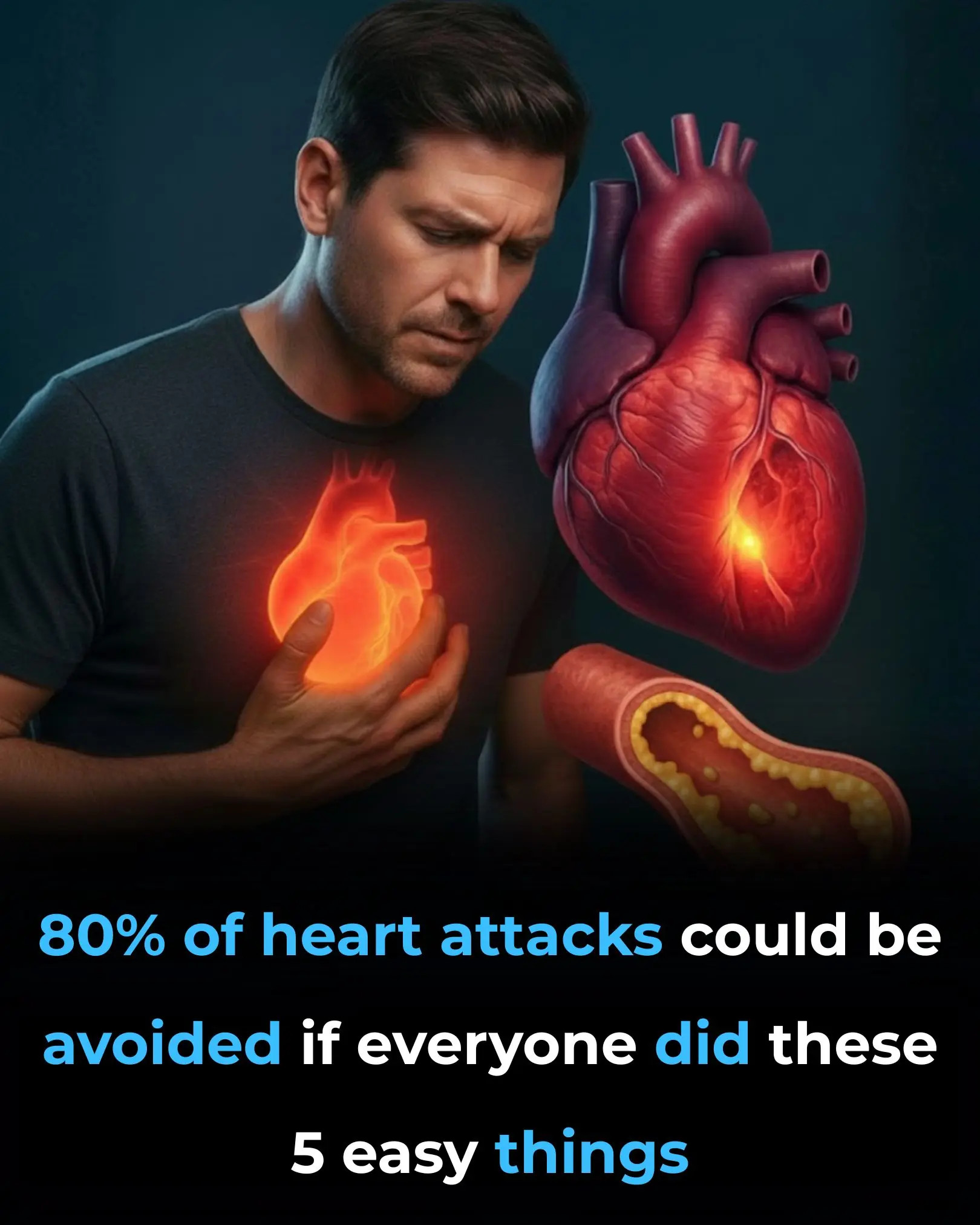
80% Of Heart Attacks Could Be Avoided If Everyone Did These 5 Easy Things
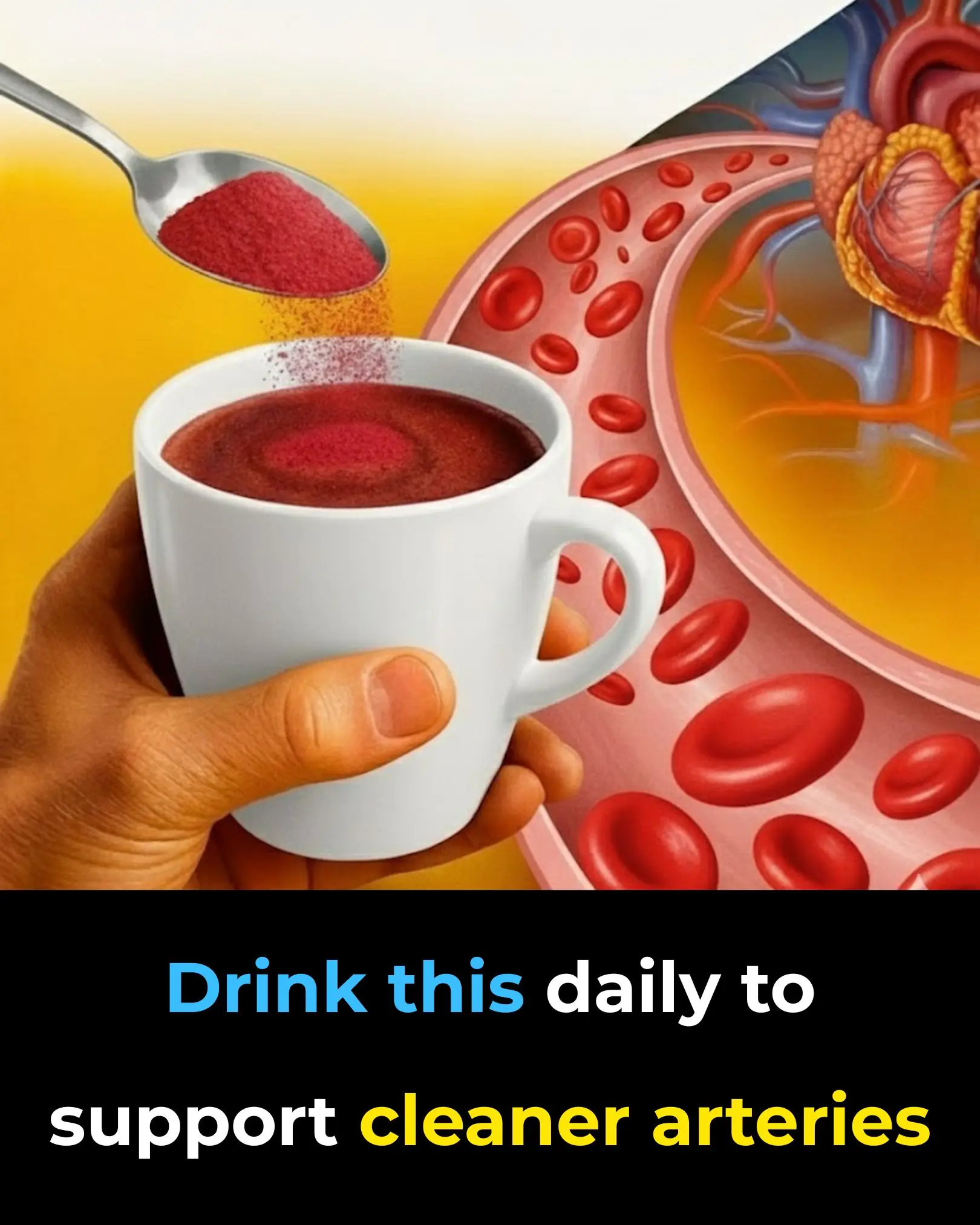
Drink this daily to support cleaner arteries
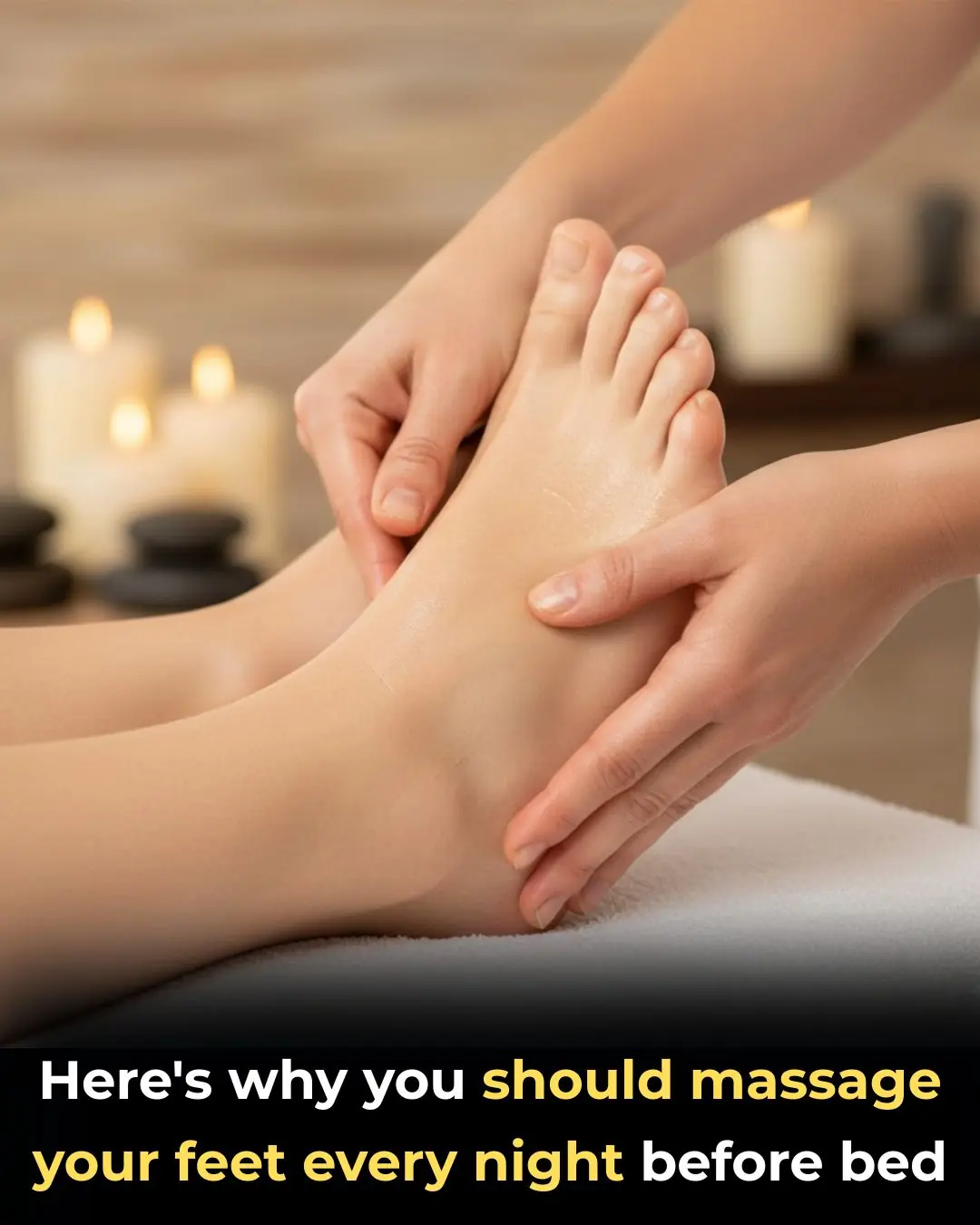
The Surprising Benefits of Foot Massages …More Than Just Relaxation

14 Best Natural Antibiotics Our Ancestors Used Instead of Pills

9 POWERFUL Health Benefits of Adding Pumpkin Seeds to Your Diet

Knowing These 12 Symptoms of a Stroke Can Save Your Life

6 fruits that help your body fight cancer cells naturally
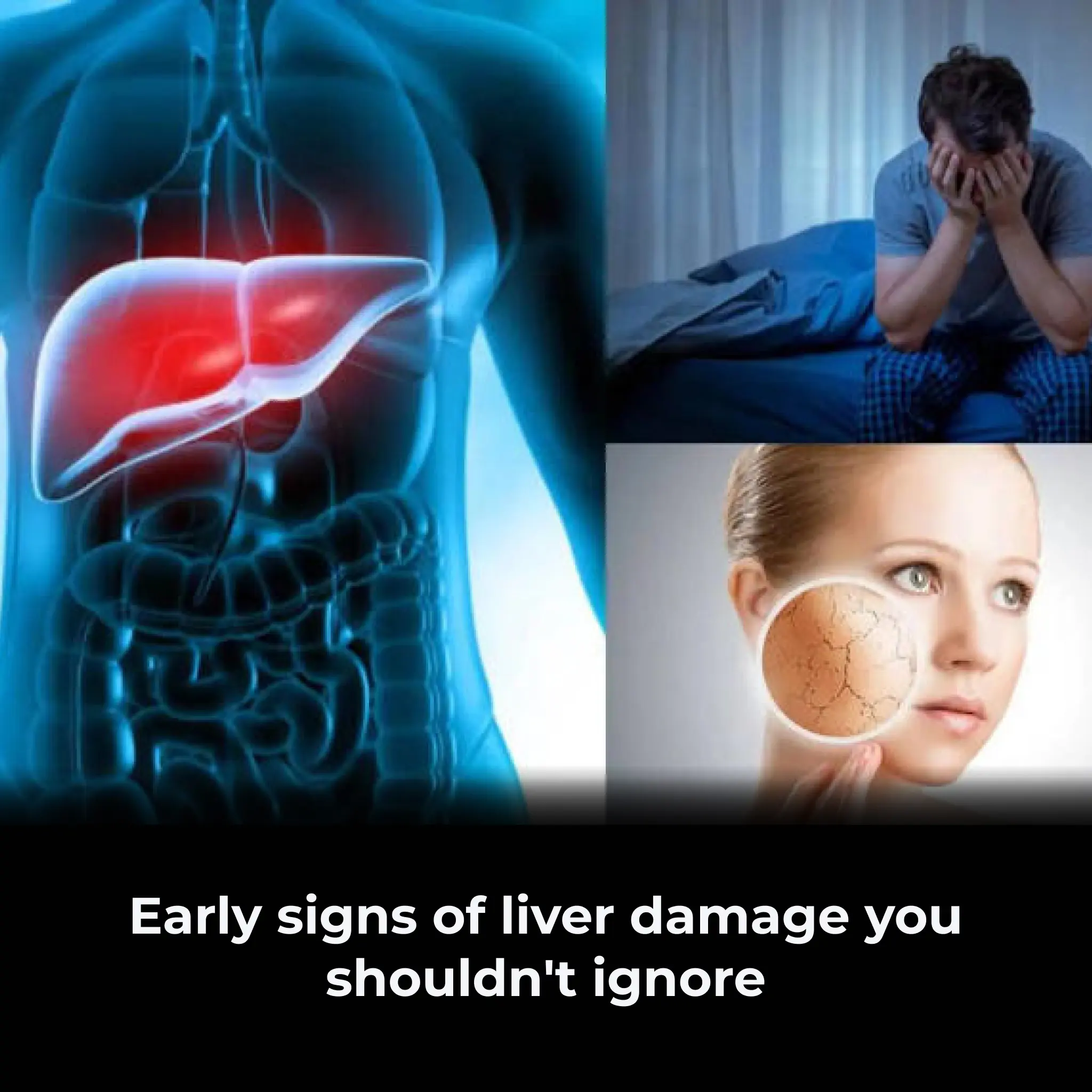
Early Signs of Liver Damage You Shouldn't Ignore

If Your Nails Show These 10 Signs, See a Doctor Immediately

The 5 warning signs you may be taking too much magnesium, according to doctors
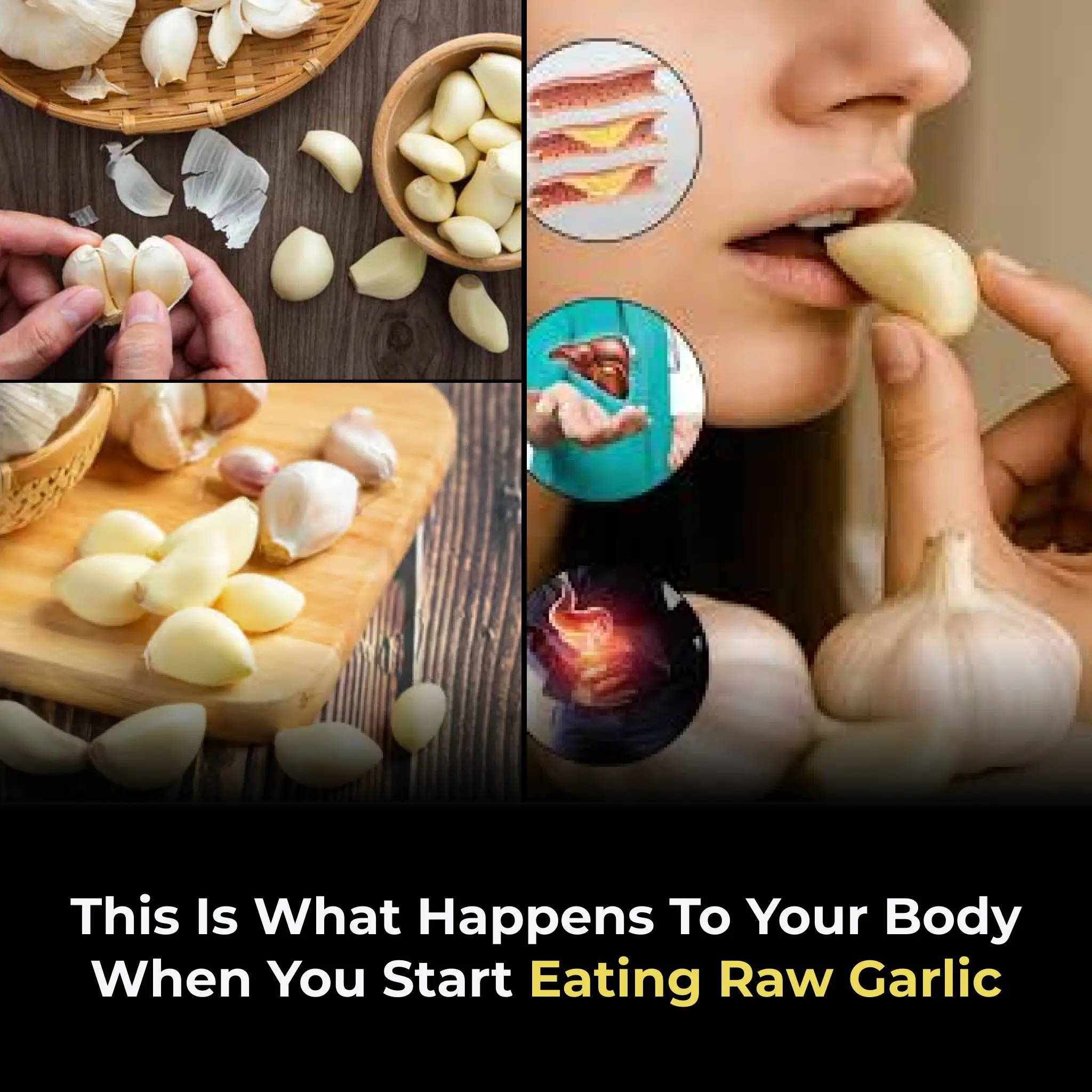
This Is What Happens to Your Body When You Start Eating Raw Garlic
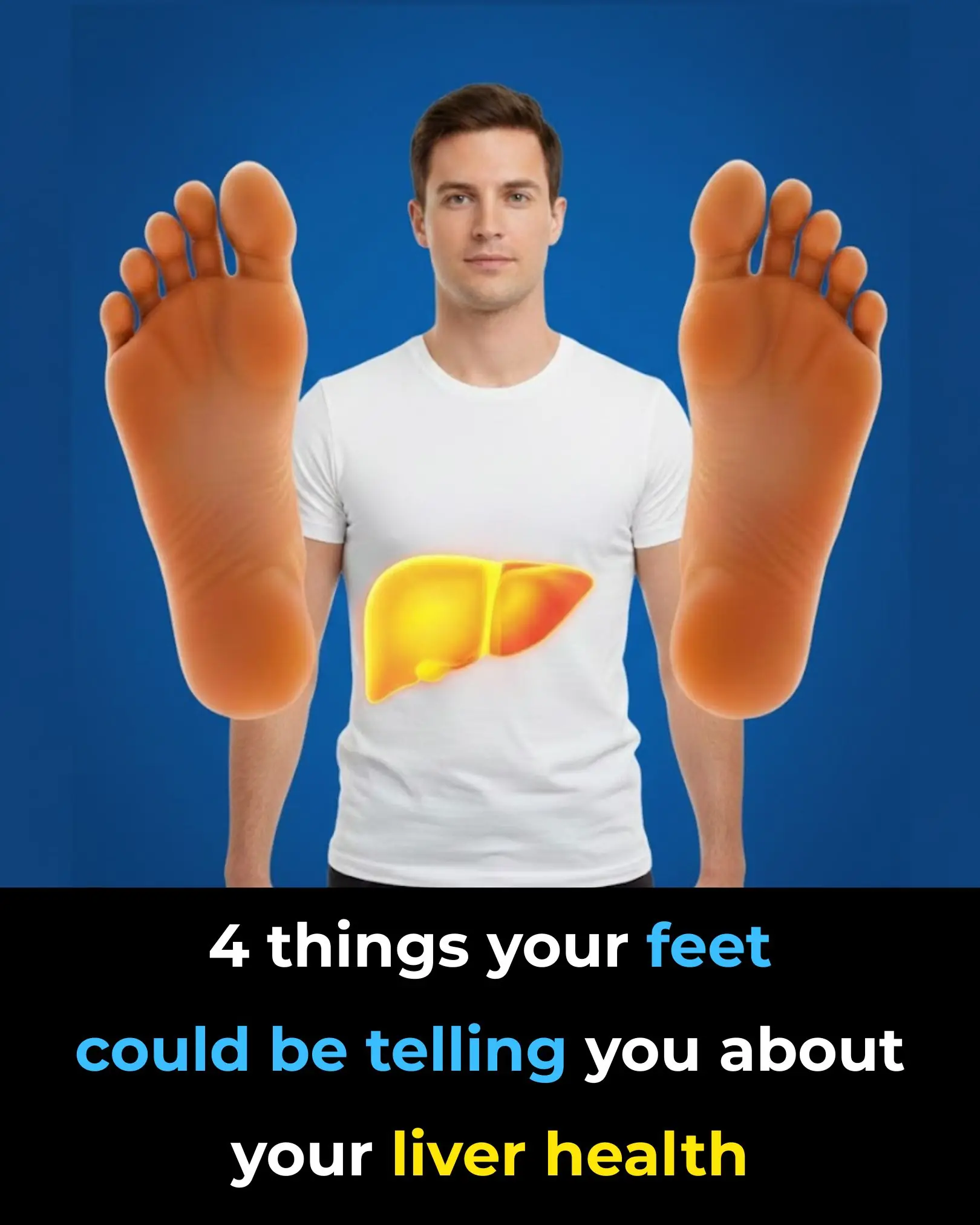
4 Things Your Feet Could Be Telling You About Your Liver Health

This Is What Happens When You Eat Sweet Potatoes Regularly
News Post

DIY Vaseline Cream: The 4-Ingredient Glow Hack That Makes Your Skin Baby-Soft Overnight

DIY Fenugreek Hair Masks for Hair Growth & Reducing Hair Fall

Will Americans Receive $2,000 Stimulus Checks? What You Need to Know

Revolutionary Miniature Implant Offers New Hope for Restoring Vision in Macular Degeneration Patients

A Simple Superfood That Enhances Your Baby's Brain Development During Pregnancy

Why Some Children Don’t Visit Their Parents Often

Don’t Drink Coconut Water Before You Know These 11 Secrets!

Tomato Benefits for Skin – How Tomato Slices Can Transform Your Skin Naturally

This Plant Is Tastier Than Meat! 8 Reasons to Keep It in Your Garden
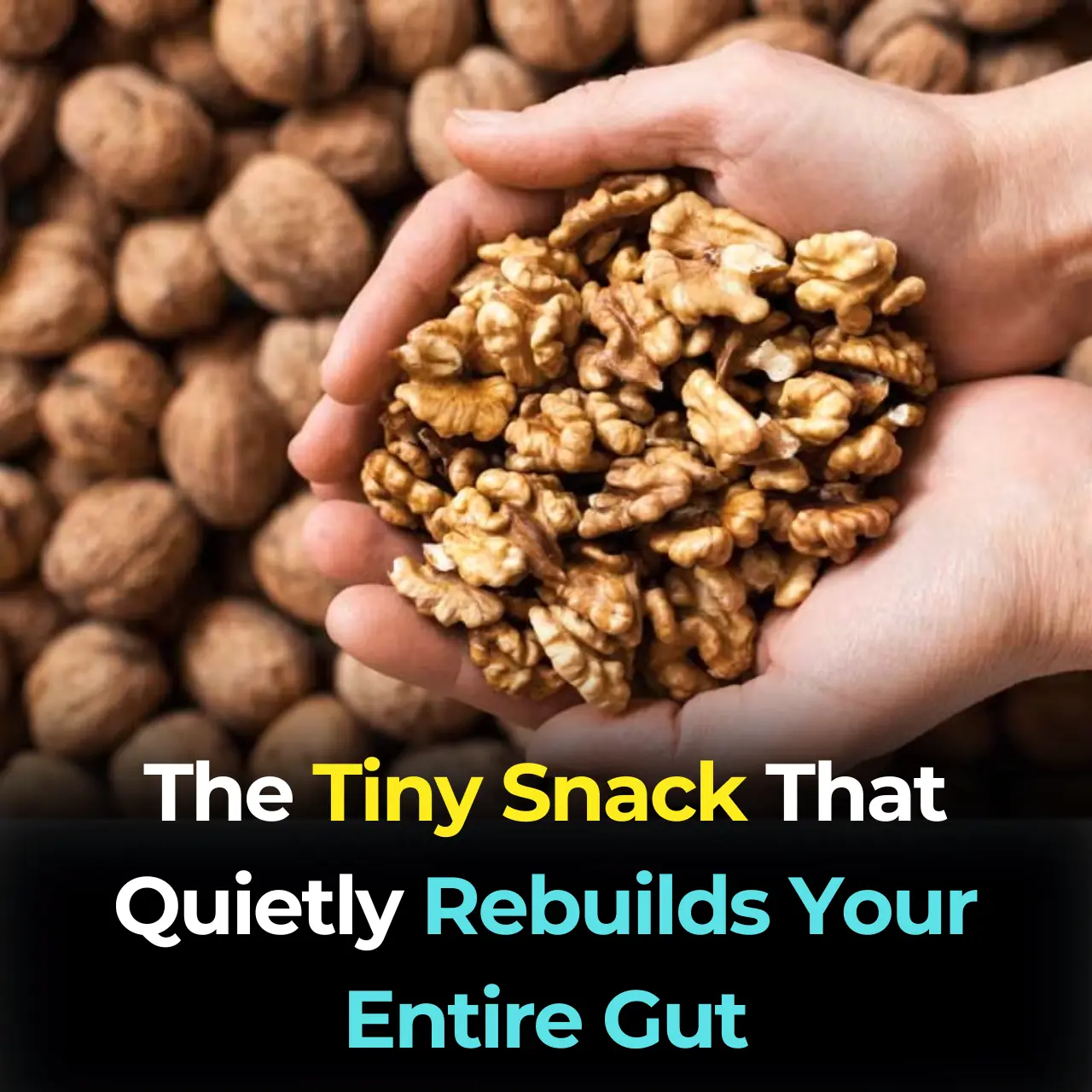
Walnuts Feed Your Microbiome: The Small Superfood That Transforms Your Gut and Your Mood

3 Steps Skin Care To Get Dewy Glass Skin

What happens when you start eating chia seeds every day

Why You Should Stop Using Petroleum Jelly On Your Skin (It’s a Byproduct of the Petroleum Manufacturing Process)

Air Conditioner Blowing Only Air but Not Cooling? Here’s How to Fix It Without Calling a Technician

14 Reasons to Drink Lemon Water First Thing in the Morning
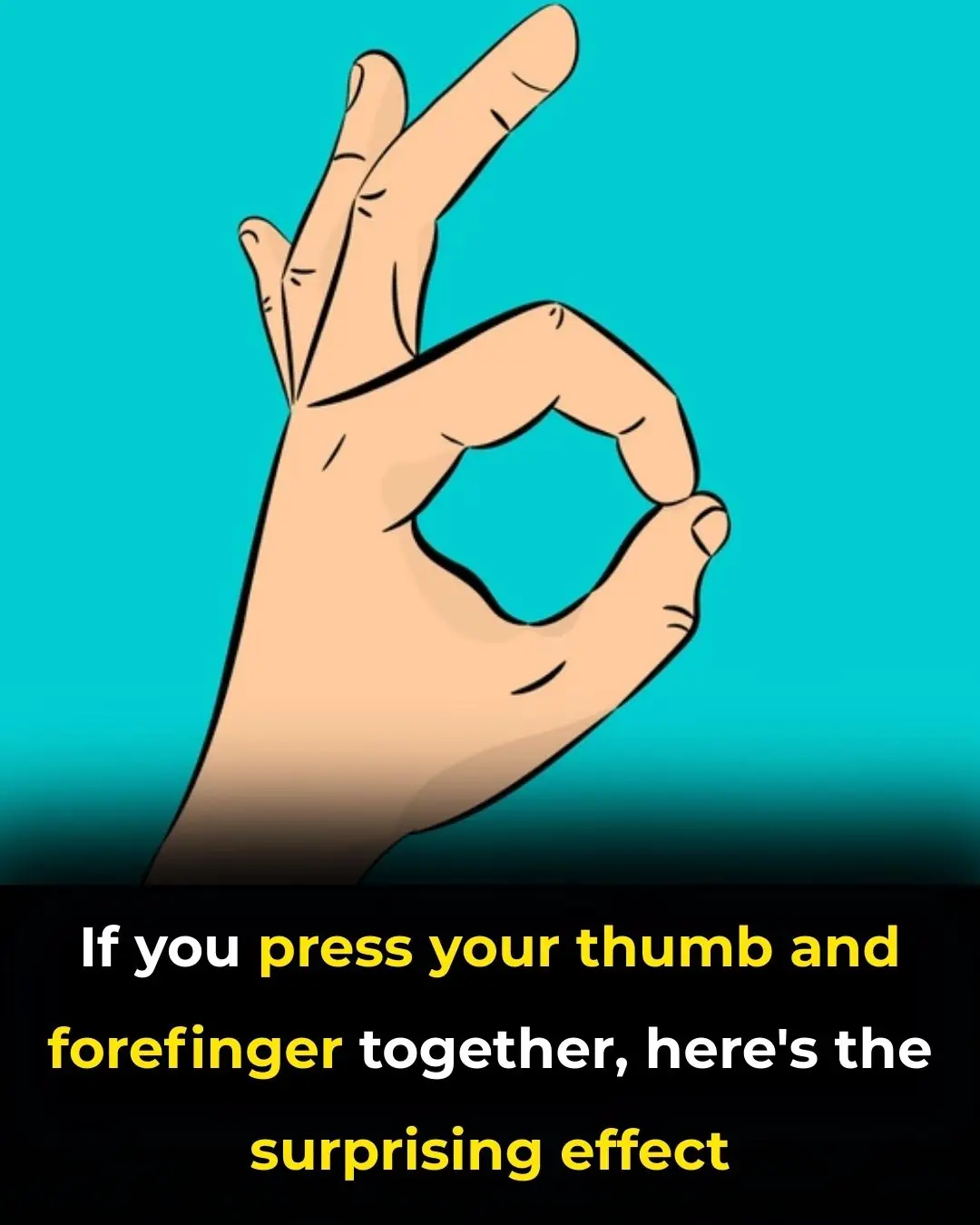
Had no clue about this

Scientifically Proven Health Benefits of Cayenne Pepper

Why Does Your Refrigerator Frost Over and Does It Increase Electricity Consumption?
